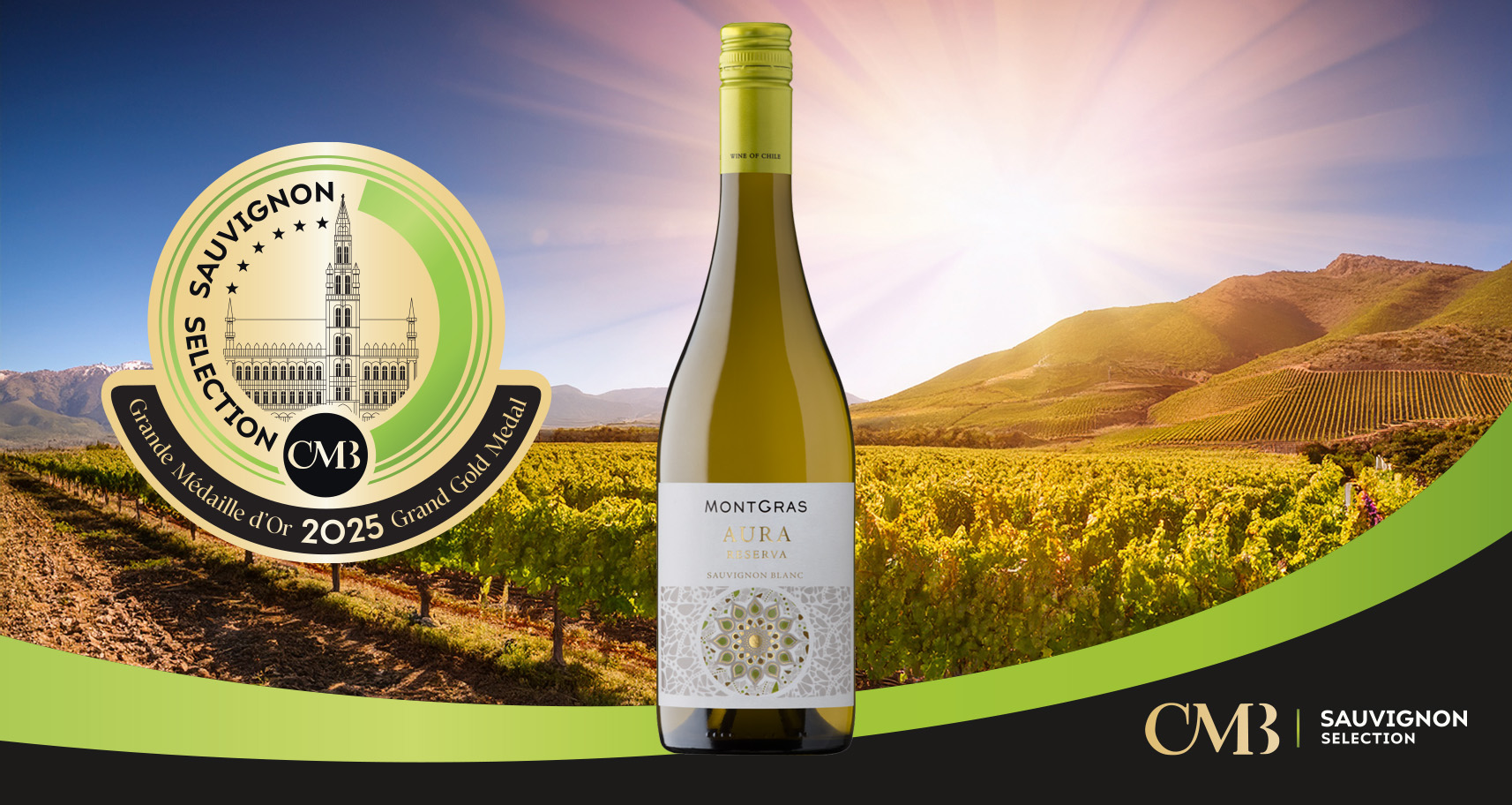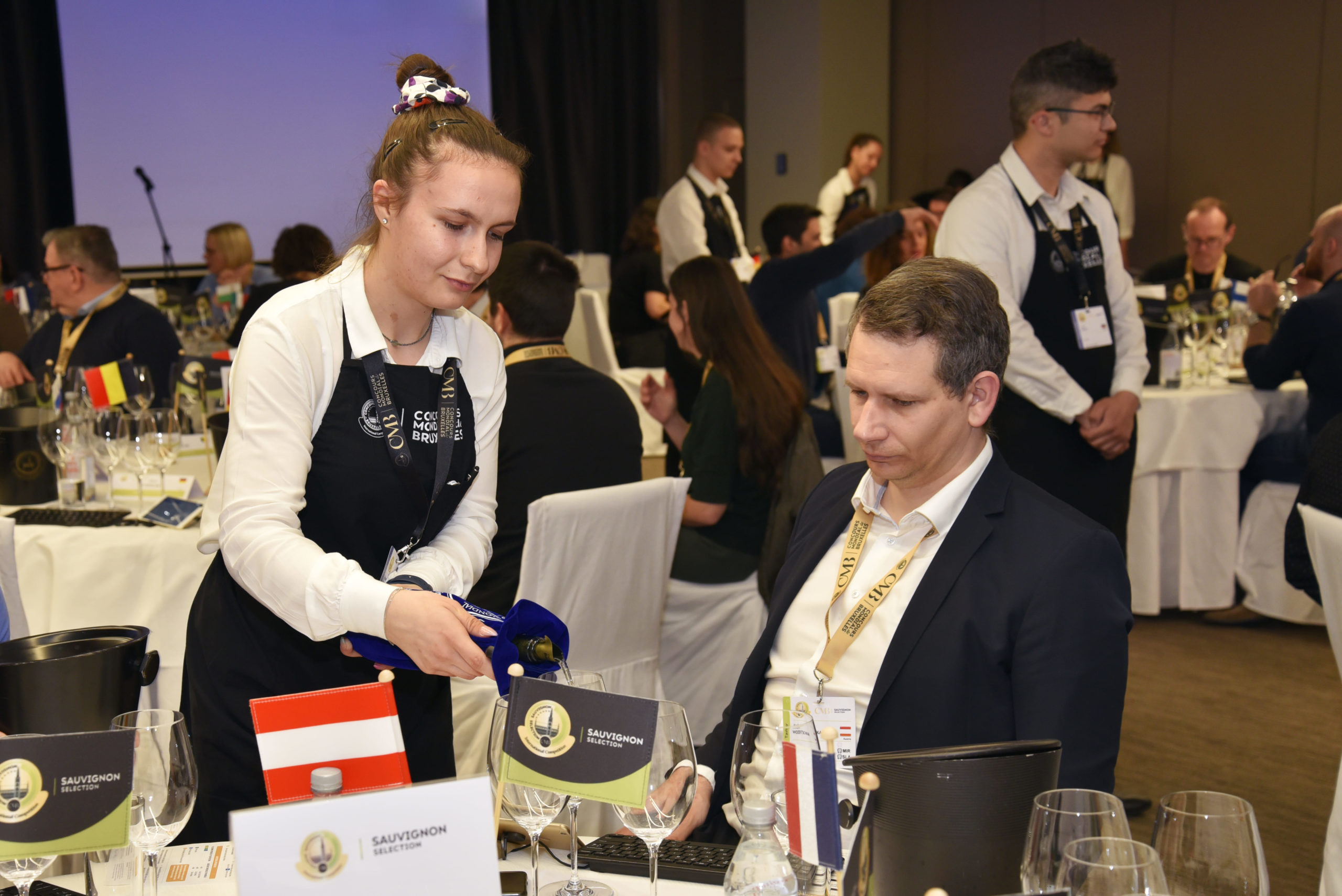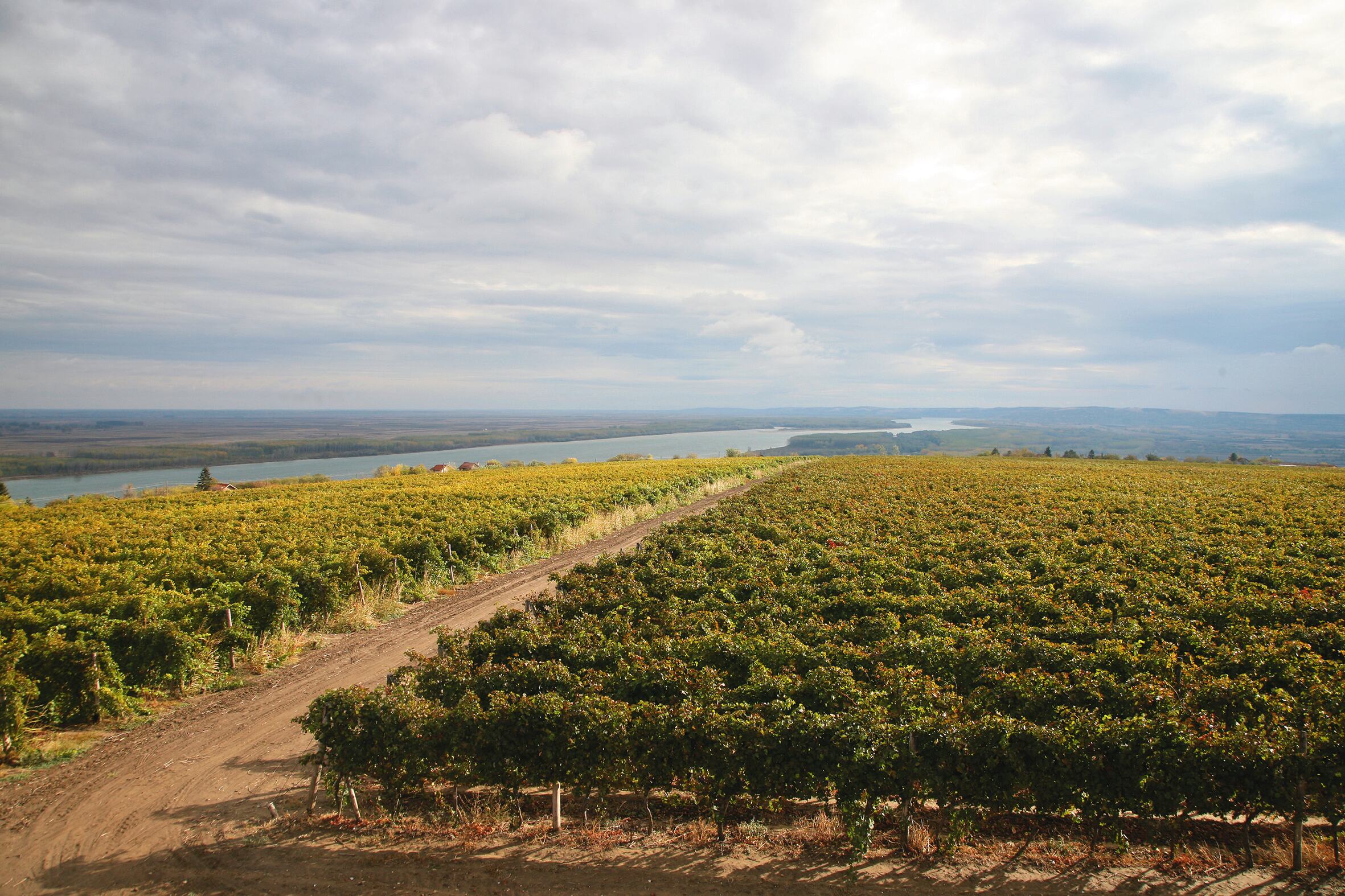Italy
Italy
Production of Sauvignon blanc in Italy is anything but insignificant. However, it is mainly centred in the north-eastern part of the country. Italy has 3,750 hectares of bearing Sauvignon vineyards (2018 data) and over 1,350 ha of those are located in Friuli-Venezia Giulia, with a further 600 ha or so in Veneto and just under 450 ha in Trentino-Alto Adige. Acreage has continued to grow, despite a concurrent boom in plantings of Glera for Prosecco production and the native grape Ribolla Gialla.
Regional distribution
Despite this high level of concentration in the North- East, another 1,500 hectares are grown throughout the country. Grown as a stand-alone grape, with a single varietal mentioned on the label, in Umbria, Tuscany, Abruzzo, Apulia, and above all in Sicily, Sauvignon is grown virtually nationwide. Its distinctive aromatic profile – which is gratifyingly recognisable to tasters of all levels of experience – has often led producers to favour it and nurture it as a complementary variety in blends with local grapes, particularly ones that display more neutral and less immediately intriguing aromas and flavours.
Wines profiles
There are significant differences between the wines grown in the three flagship Sauvignon regions. The most subtle, acidic, taut and fine renditions are generally those from the Adige region. But even within these regions there are profound differences depending on vineyard elevation, for instance. The Bassa Atesina bearing the Vigneti delle Dolomiti appellation and the high and steep, cool and rocky Valle Isarco, are the extremes. Vineyard soil types obivously factor into the equation too, as does the individual style of the producer. Some companies, especially the large co-operatives which are widespread across the region, have focused on producing more powerful and ambitious Sauvignon with structure, that are aimed at challenging the ‘champions’ of the global wine industry.
Full flavour, greater structure and breadth on the palate – along with less pronounced acidity – are generally the character traits associated with Friulian Sauvignon. In the various designations and wine areas, producers have shared the same commitment, but the results in terms of style are quite different. This is true of the Collio area, particularly the zone that intersects with neighbouring Slovenia, Colli Orientali, Isonzo, etc. The latest trend is a resurgence of the use of amphora for maturing the wines, which in some cases have superseded the ubiquitous stainless steel tanks and wood. In the latter case, new wood is generally used sparingly and often as a blending component with Sauvignon fermented and stored in tanks.
History
The history of Sauvignon blanc’s arrival in the region is extraordinary and deserves to be told. Over a century and a half ago, Count de La Tour, the owner of extensive vineyards in Capriva – where the historic and highly acclaimed Villa Russiz estate is still very much alive – and a fanatical wine and viticulture enthusiast, fell in love with Sauvignon blanc after he tasted some at the World Fair in Paris. As there was a strict ban on exporting rooted vine cuttings from France, the Count ‘solved’ the problem by hiding some in huge baskets of flowers sent back as gifts for the Countess. In Friuli, Sauvignon therefore became both a guest of honour – a Sunday wine and one for foreign guests, as per local drinking traditions – and an important resource. Rauscedo in Friuli is the largest grapevine nursery in Italy and has been decisive in many ways in paving the way for the development of modern Italian ampelography, both during the period of research into high productivity in the 1950s, 1960s and 1970s, and after the turning point in the mid-1980s when Italy went down the quality route. The nursery created and rolled out the R3 clone, which then dominated production at national level.
Venetian production is diverse and definitely less consistent in terms of standards and positioning than the other two leading regions. It does boast prominent examples, that have tremendous clout and drive research – including Inama Vulcaia Fumé and Miani, to name just two – and consequential ambitions, but it is also home to a small army of labels with decidedly simpler blends and objectives.
National Distribution
Sauvignon’s fortunes have been chequered and intermittent in other regions, especially when it is made as a single varietal. Generally speaking, its obvious proponents are export-oriented producers who have tackled a grape variety that speaks a bit of every language, like Cabernet, Chardonnay, Merlot and Riesling. It is therefore found in Piedmont, as part of renowned ranges like that of Gaja; in Tuscany, where it is produced by elite artisan wineries such as Castello di Ama or deluxe brands supported by prominent names such as Ornellaia, though in some cases it has been replaced by other choices; in Umbria, at Castello della Sala, a prized local branch of the formidable Antinori ‘system’; in Lazio, in the eclectic and distinctly catholic range, in terms of varietal choices, by Casale del Giglio; in Sicily, in the authoritative Tasca d’Almerita collection. In addition to these are numerous other estates with a more ‘funky’ approach.
The Future
By way of a conclusion, it would be fair to say that Italian Sauvignon’s broad-reaching and immediate success is less of a whirlwind than it was twenty or twenty-five years ago. The main reasons for this are the rediscovery and rise to prominence of native white varieties and increased knowledge among average consumers. The flipside of this is that wine enthusiasts have become more discriminating in their tastes whilst critics and wine tasters have become increasingly demanding. Consequently, while the more agressive styles of Sauvignon, characterised by a profusion of pyrazine-style accents – and often made from underripe grapes – have been less successful, there has been greater appreciation for balance, harmony and finesse both in the approach to the nose and in the overall aroma and flavour balance. The future of Sauvignon in Italy – in view of all the above – points towards stability or even a decline from a volume perspective, but with a palpable rise in average quality.
Antonio Paolini and Maurizio Valeriani


